Sambalpuri Cotton Double Bedsheet
Original price was: ₹5,499.00.₹3,150.00Current price is: ₹3,150.00.
Beige and Red color combination of Sambalpuri Handloom Cotton PASAPALLI design single bedsheet of Sambalpur, Odisha
In stock
Description
- Material: Cotton
- Color: Beige and Red
- Weave Type: Sambalpuri Ikat
- Dimensions (L x B x H): 108 cm x 90 cm or 42.5 inch x 35.4 inch
- Package Contents: 1 Bedsheet; Care Instructions: Wash dark colors separately. Do not bleach, and line dry in shade; medium to mild iron
The Sambalpuri Bed Sheets
The Sambalpuri bed sheet materials are traditional hand-woven bed cover from the western regions of Odisha. The traditional craftsmanship of “Bhandhakala”, or, the tie-dye art popularly known as Ikat, is employed in the making of these sambalpuri bed sheets. This technique dates back to 11th century AD, during the reign of the Chouhans. The weaving technique has remained similar to this day. In order to protect the weavers, and this technique, Sambalpuri Handloom are now included in the Government of India’s Geographical Indications (GI) registry. This weaving technique uses a process called as ‘resist dyeing’. The process starts with binding individual yarn, or, bundles of yarn in the desired pattern. The yarn is then dyed. The bundle may be rebound in a different pattern, and dyed again in another colour. This process may be repeated several times to produce an elaborate, multi-coloured pattern. Once the yarn is dyed in the desired pattern, it is laid out to dry. This craft is known as Baandha. After the dyeing process is completed, the yarns are unbound and woven into fabric. Since, the design is created in the yarn rather than on the cloth, both surfaces of the fabric are patterned.The Sambalpuri Ikat sarees are woven using the double Ikat technique, in which, both warp and weft yarns are resist-dyed prior to weaving. It is the most difficult and elaborate process in the Ikat weaving technique. Traditional patterns include images of flora, fauna, shankha (shell), chakra (wheel) and geometrical motifs. These days’ new types of Baandhas depicting landscape, portraits and flower motifs are being created The simpler sarees are favoured by Indian women for everyday wear. The more elaborate ones are preferred during festivals and other social ceremonies.

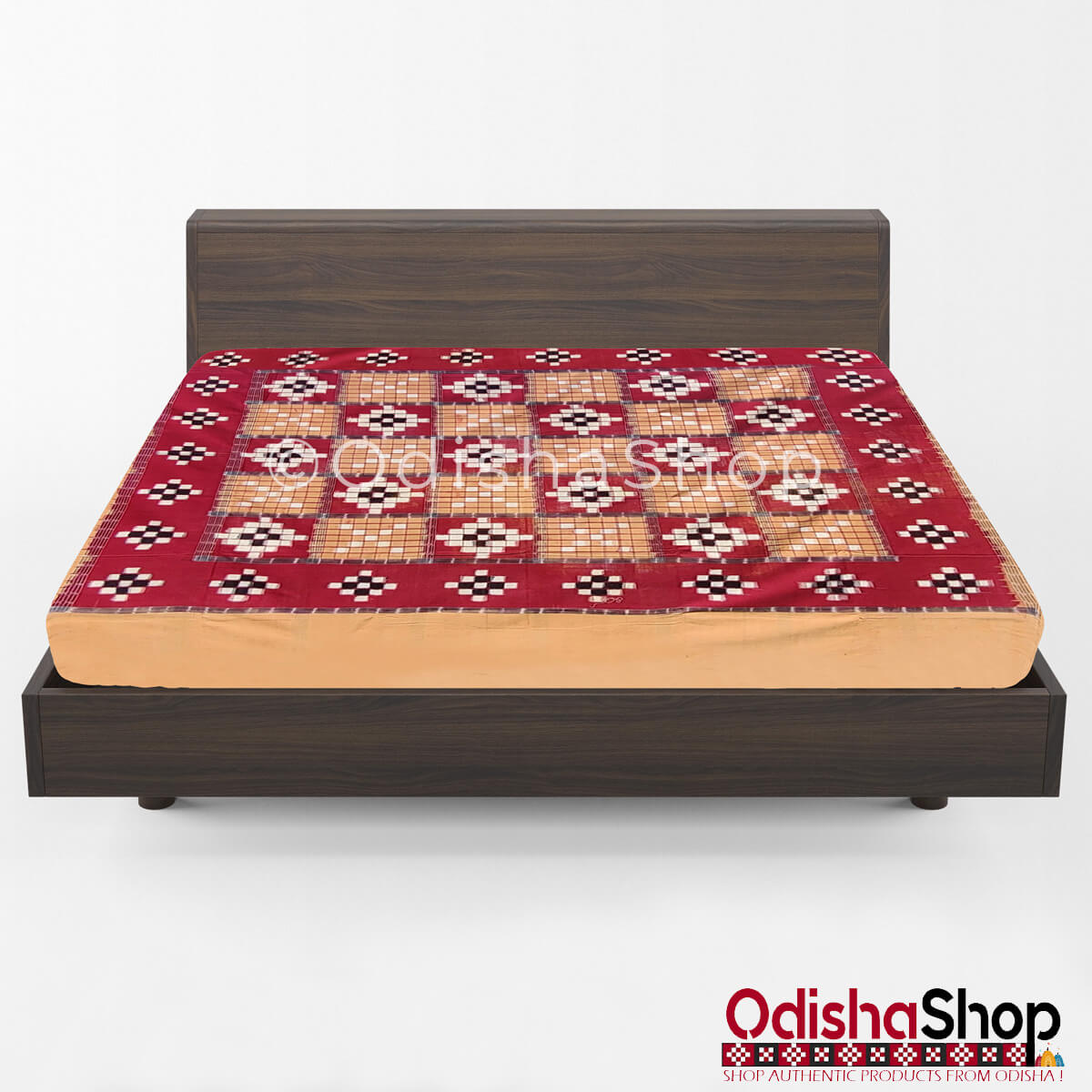
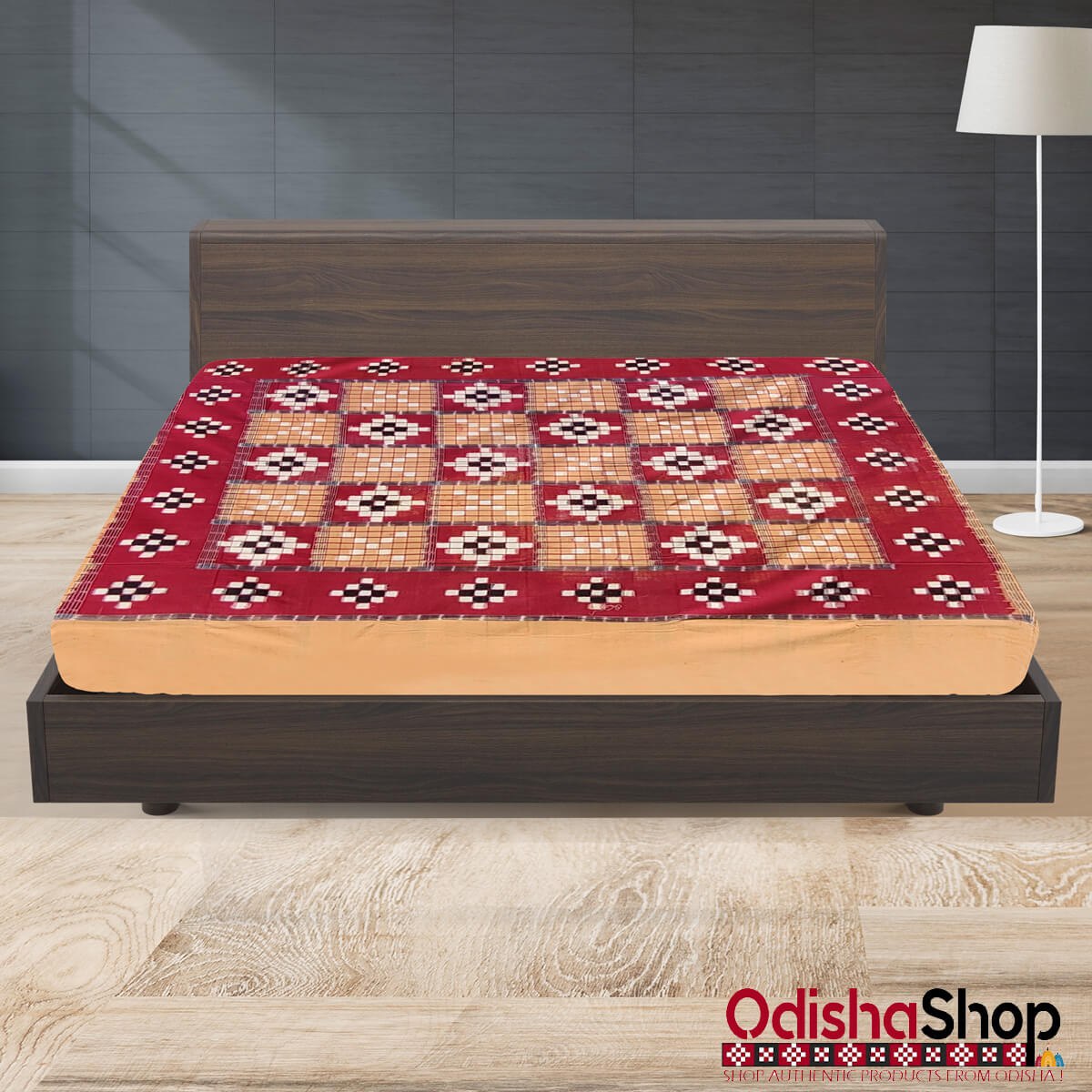



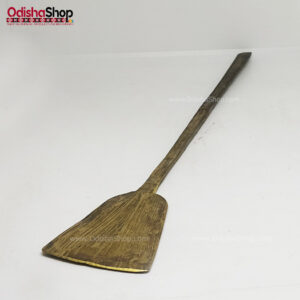
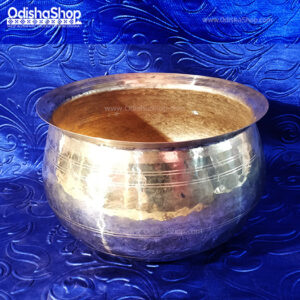

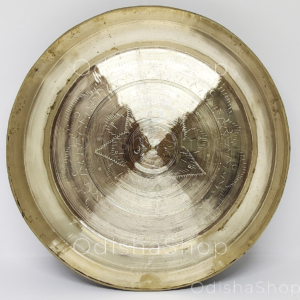
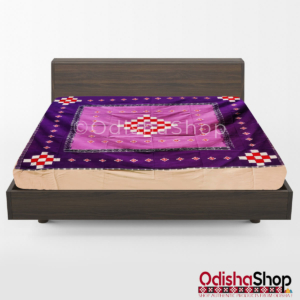
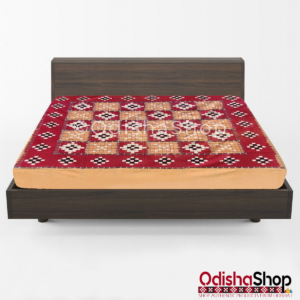
Reviews
There are no reviews yet.